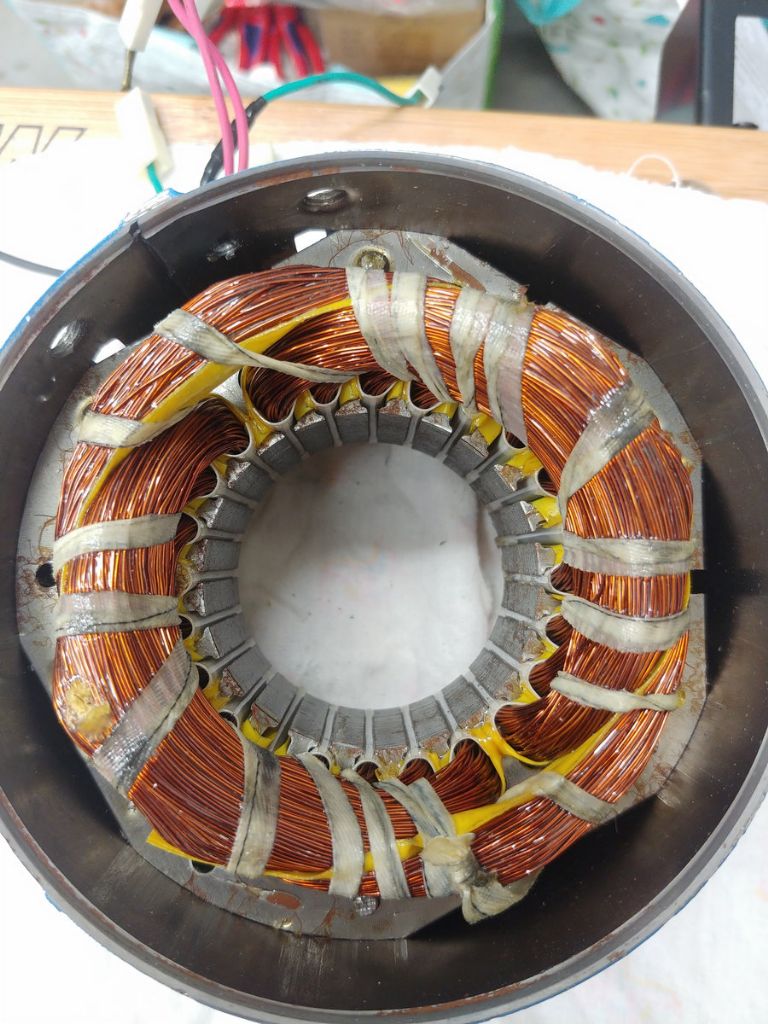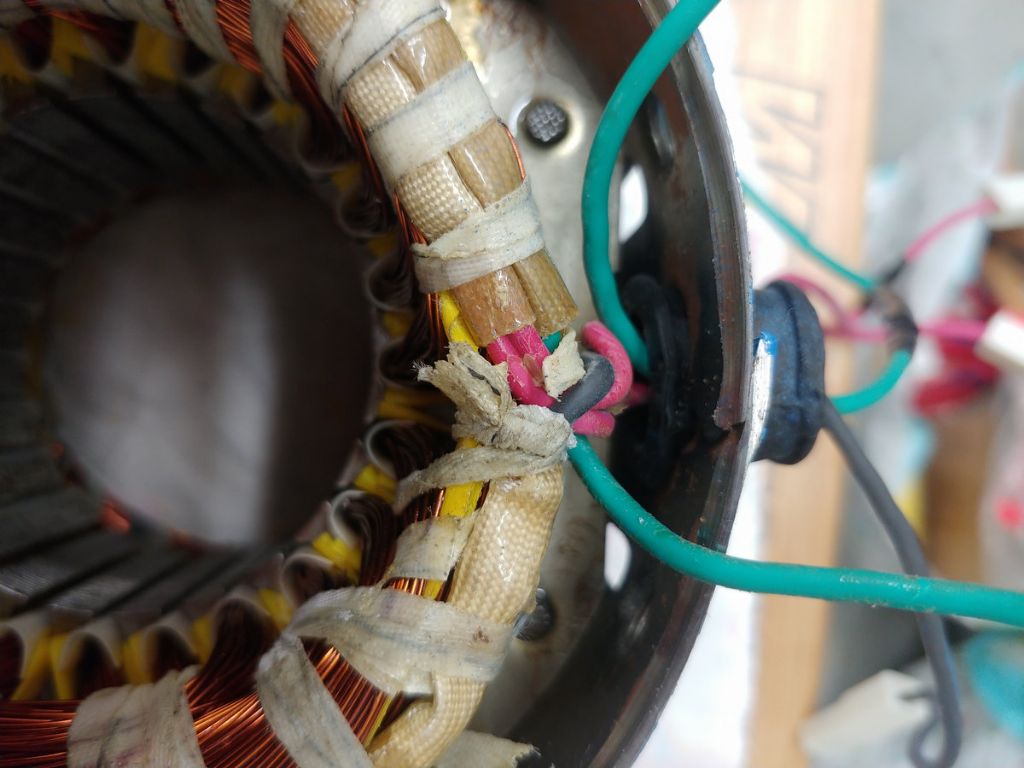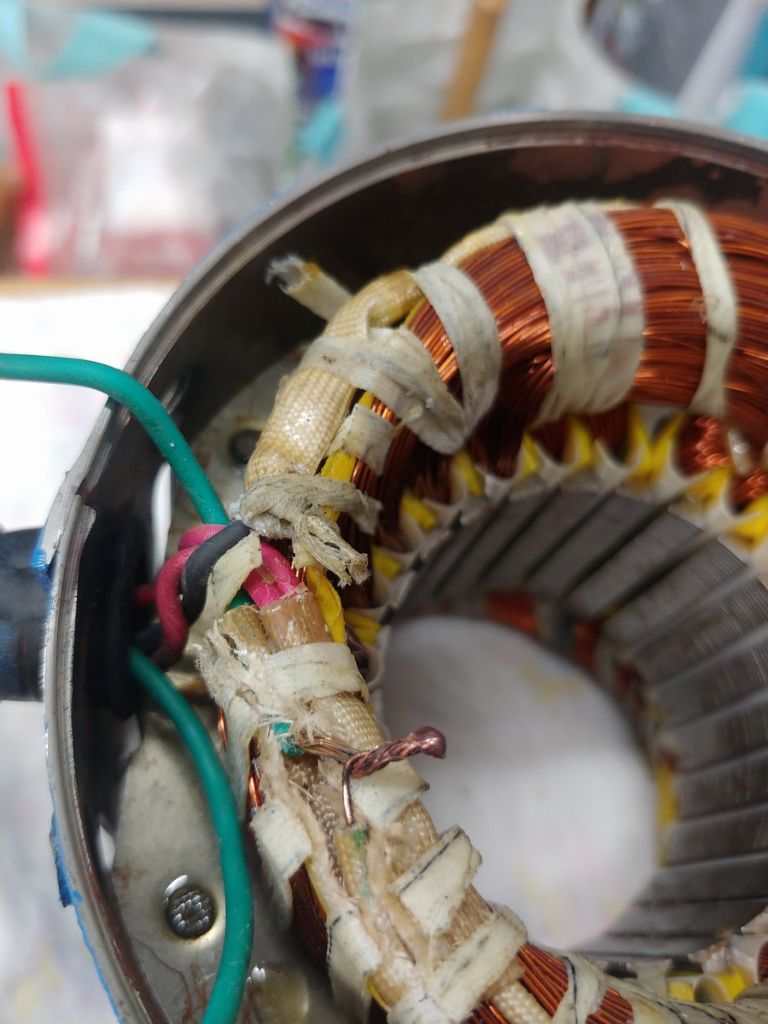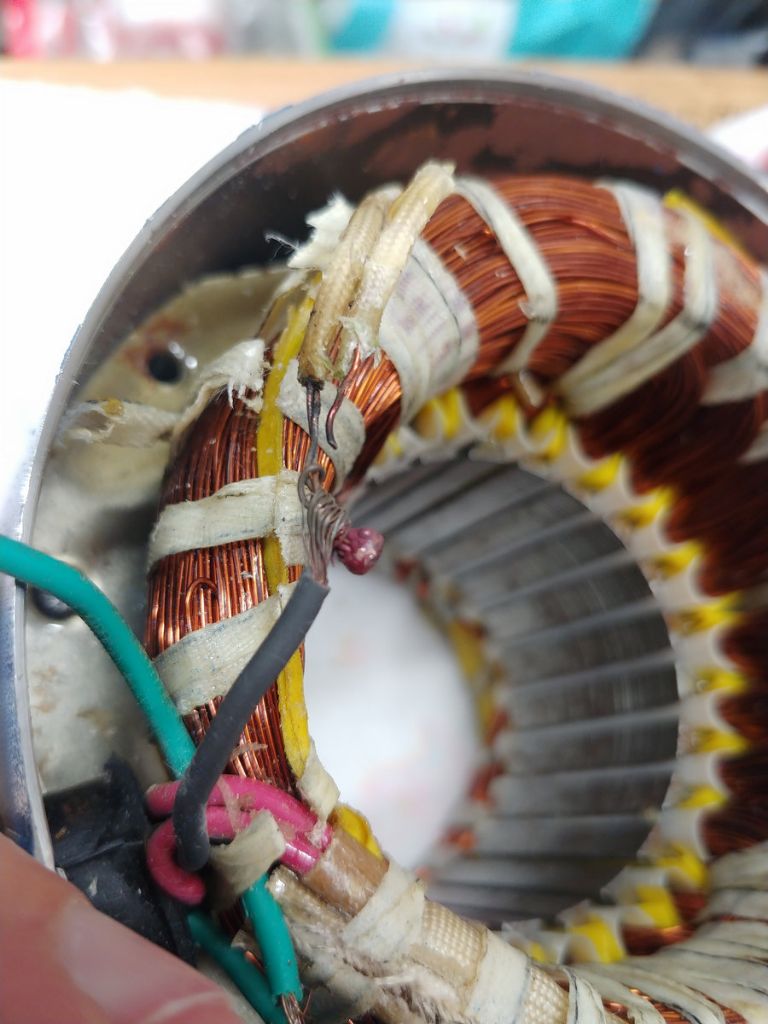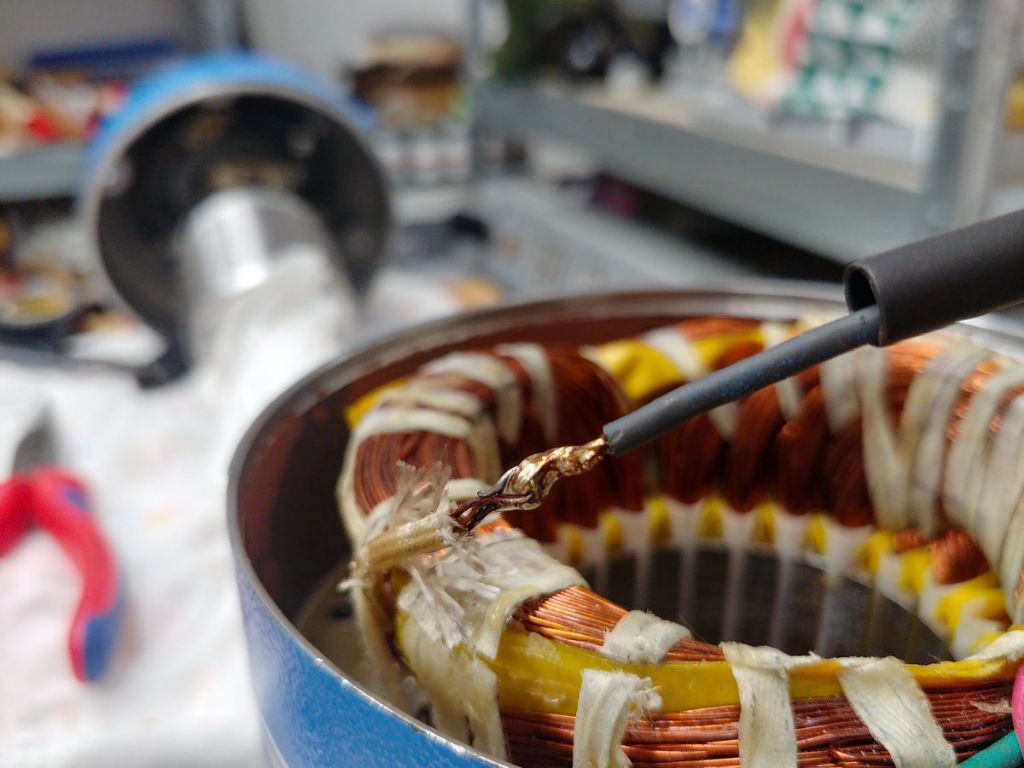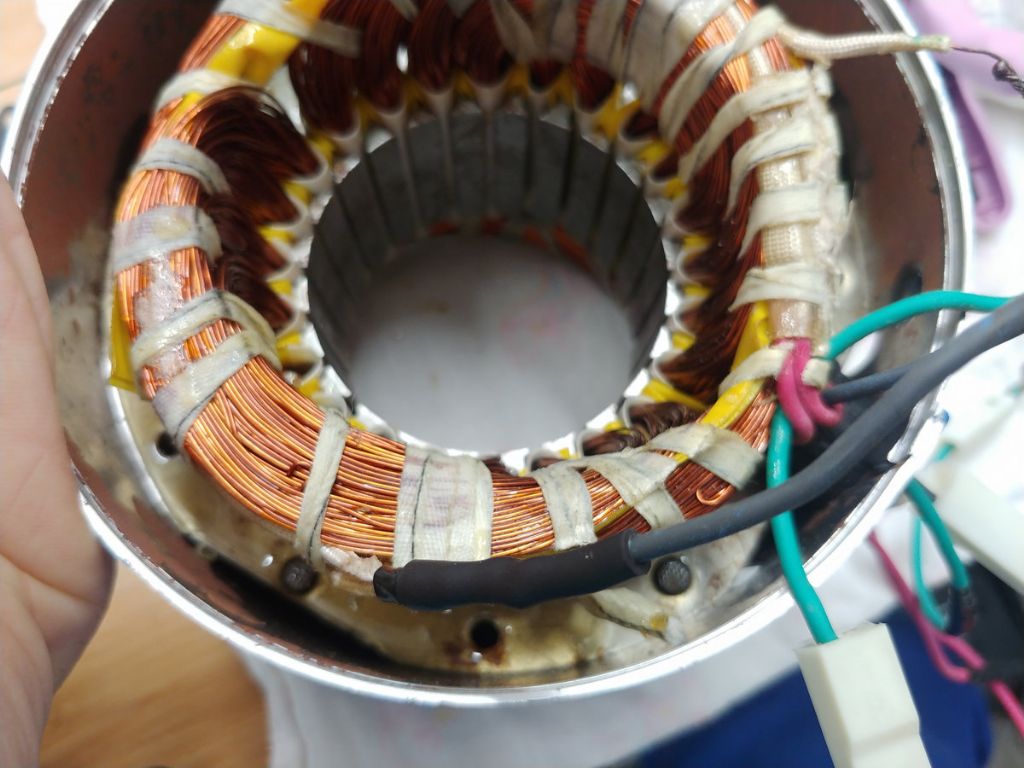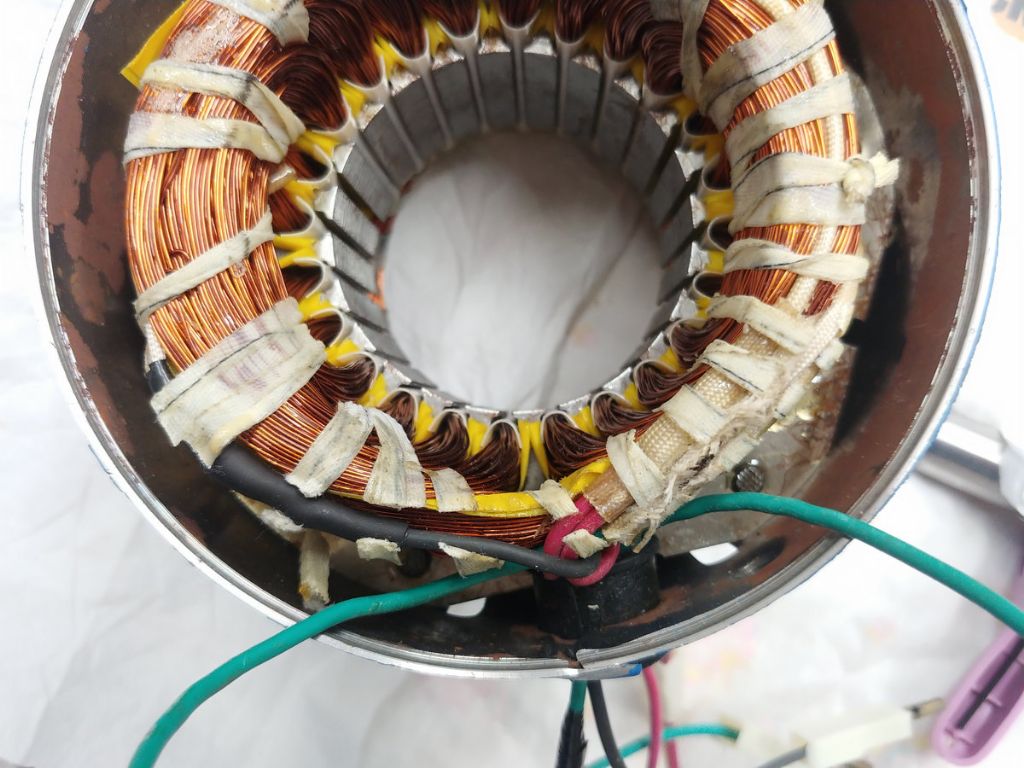Don't give up just yet!
Did you manage to ascertain if the switch was actually working? If it appeared to be ok then be ready to suspect the capacitor itself.
They often fail after 10 years ( depending upon the make) and actually dislike being left discharged.
some capacitors 'reform' over a relatively short period of use and recover some of their capacitance ( but will still be suspect) others may show signs of seepage around the join of their 'end plate) to the aluminium can. Disconnect one lead of the capacitor and take an ohmmeter reading across the terminals ( in both polarity directions). If you get zero ohms both ways it has gone short circuit.if one polarity or the other it starts almost short circuit but the meter reading then rises over few seconds it suggests that the capacitor is functioning to some degree. If the latter it would seem that there is another problem.
I would start by looking at the capacitor with the symptoms you describe because it is easy and then move onto the centrifugal switch can also be the problem. I suspect we all go by our own experiences and for me I have had more failures due to capacitors and then cooked windings from poor ventilation or overloading of the motor. I have only experienced switch faults on hard worked motors which have done lots of stop start work.
i wou.d hazard that switch is more likely to be proble,attic with damp storage and capacitor mor likely if stored somewhere hot – perhaps an unventilated roofspace which gets hot in summer.
you can test the switch by shorting out the capacitor terminals with a bit of wire,putting the meter across the line and neutral wires to the motor and then spinning up the motor using something like a rubber bung on the end of an electric drill pressing obtuse the end of the grinder shaft (spinning it in the correct direction)
watch the meter to see if the reading varies as you get up to, or slow down from, speed.
obviously don't have the machine connected to the mains while doing this!! You ,at find that the motor creates its own voltage while doing this in which case test with volts scale, if not use the ohms. You aren't looking for a particular reading, just a step change in the reading as the centrifugal switch cuts in and out.
Gene Pavlovsky.



